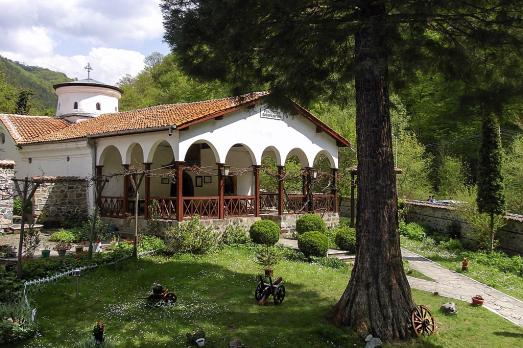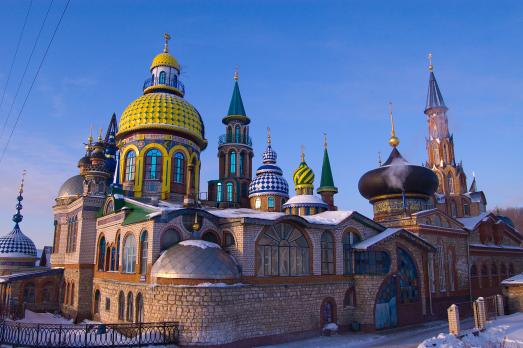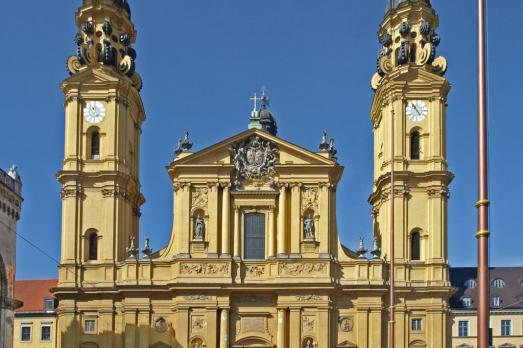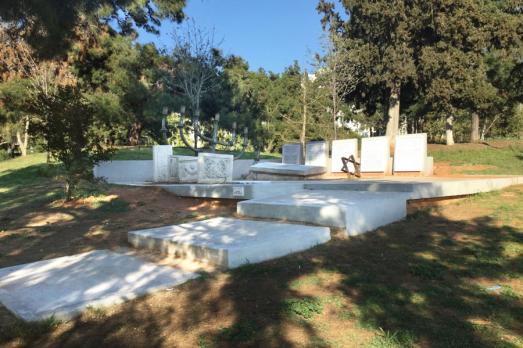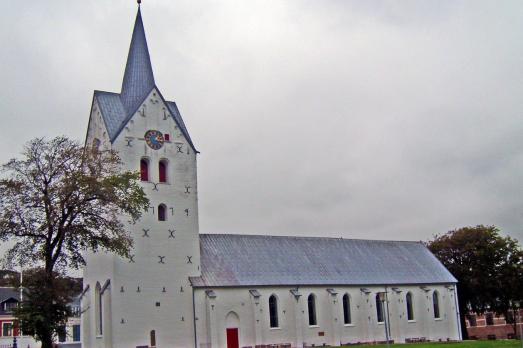
The Saint-Quirin chapel
Luxembourg, LU
The Saint-Quirin chapel, founded in the 14th century, is a chapel dedicated to Quirin de Neuss. Of the current building, only the Gothic façade is original, dated 1355. The roof and bell tower were added in the 19th century. The water from the spring near the chapel is reputed to have healing properties.
